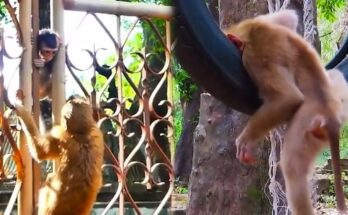Mangoworm infestations in dogs are a painful and distressing condition, most commonly found in parts of Africa where the mango fly (Cordylobia anthropophaga) is native. These flies lay their eggs in the soil or on dirty bedding, and when a dog lies down, the larvae burrow under the skin, forming painful, swollen lumps. Over time, these larvae—known as mangoworms—grow inside the dog’s body, feeding off tissue until they are ready to emerge.
The removal of mangoworms from a dog requires patience, care, and hygiene. Each worm must be individually extracted from the skin. The area around the swelling is gently cleaned, and with sterile tweezers or fingers, pressure is applied on either side of the lump to coax the worm out. In some cases, a small incision may be needed. Once removed, the wound is cleaned with antiseptic to prevent infection.
A dog suffering from a mangoworm infestation often shows signs of discomfort—scratching, whining, or licking the affected areas. The bumps can appear all over the body but are most common around the neck, back, and belly. If left untreated, the open wounds can attract secondary infections, making the condition far worse.
While the process of removing mangoworms can seem gruesome, it brings immediate relief to the dog. After the worms are out and the wounds are treated, the healing begins. In severe cases, a veterinarian may administer antibiotics or pain relief to help the dog recover fully.
Preventing mangoworm infestation involves keeping dogs clean, ensuring they sleep on clean bedding, and avoiding exposure to contaminated soil. For those living in at-risk areas, regular checks are crucial. Mangoworm removal, while unpleasant, is an essential act of care that can save a dog from prolonged suffering and restore its comfort and health.


